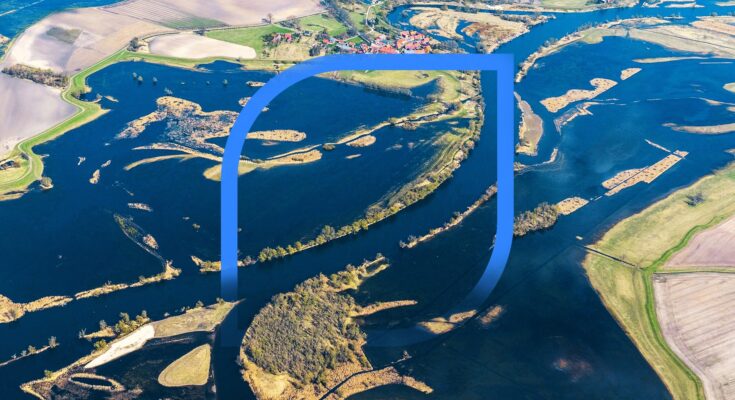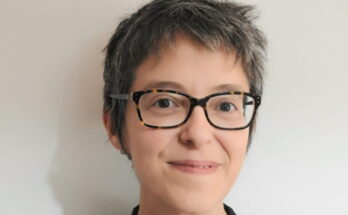Sea levels are rising, rivers are overflowing, fertile arable land is being washed away as the rains continue: “plan b” accompanies smart people who stop the water thanks to innovative coastal protection, river restoration or regenerative agriculture.
Rising sea levels also pose major challenges for people in this country. Therefore, coastal engineer Oliver Lojek from the Technical University of Braunschweig is looking for solutions on how the coast can be better protected in the future. He knows that “the sea is not always beautiful to look at, but sometimes it is also very wild and destructive.”
In his research on the coast of St. Peter Ording, he relied primarily on natural forces; he is particularly fond of small, inconspicuous beach plants: marram grass is a superhero in beach protection because its roots reach deep into the sand and stabilize dunes. Lojek also tested how much impact dune grass had on beach protection at the Great Wave Channel in Hanover – with surprising results.
Rocco Buchta also knows that protection against flooding can also be achieved through river renaturation, for example by reclamating flood plains. The engineer and renaturer grew up in Havel and, as a child, experienced “how the soul of the river is taken.” The havel was widened and straightened for shipping traffic, and its waters were fertilized by the surrounding fields. At that time he promised his grandfather: “I will fix everything.” Currently he leads the large nature conservation project “Untere Havelnieerung”. Under his leadership, riverbank fortifications were dismantled, river branches reconnected, and floodplain forests reforested. If a flood occurs, flood water can spread back into the surrounding floodplain.
Agriculture is also struggling with the impacts of extreme weather. That’s why forest scientist Philipp Gerhardt focuses on sustainable land use. He provides advice to farmers who want to make their land fit for the future using key agroforestry technologies and key line design. Agroforestry retains rainwater, prevents erosion and improves the microclimate. The Keyline design stores water efficiently in the soil. “This is a win-win situation for farmers and villages, communities and all levels of society,” Gerhardt said.
The power of water also determines people’s lives in Bangladesh. Rivers are a source of life as well as a danger. Architect Mohammed Rezwan has long sought an answer to the threat posed by water and has found a simple but successful solution – a very special boat. “I see many of my friends and relatives dropping out of school because of the rainy season and floods. It is very difficult for me to accept this situation.” That’s why he developed a floating school boat. Mobile classrooms can reach children in even the most remote areas. Floating hospitals and farms followed. His award-winning work makes the lives of thousands of people easier.



